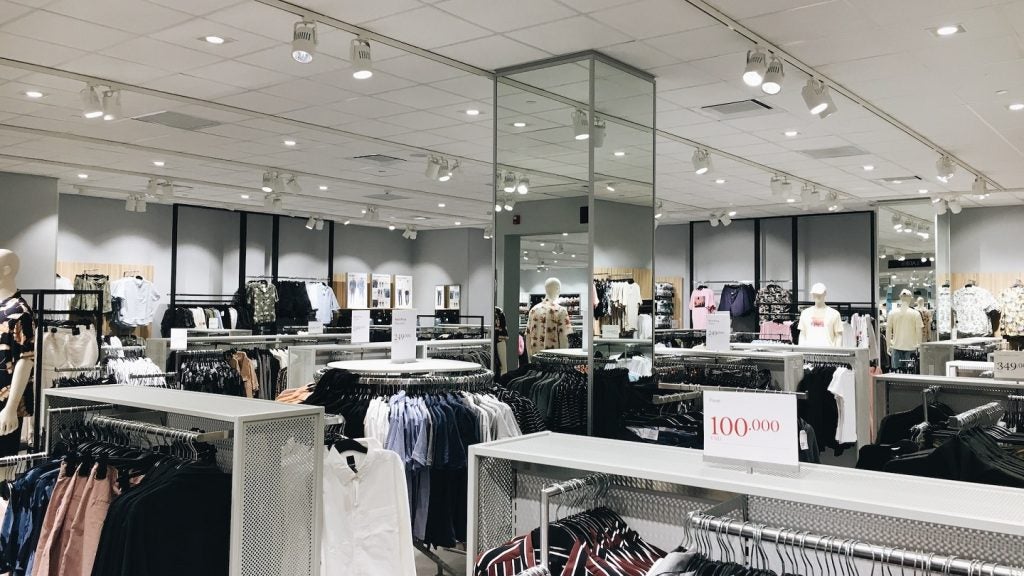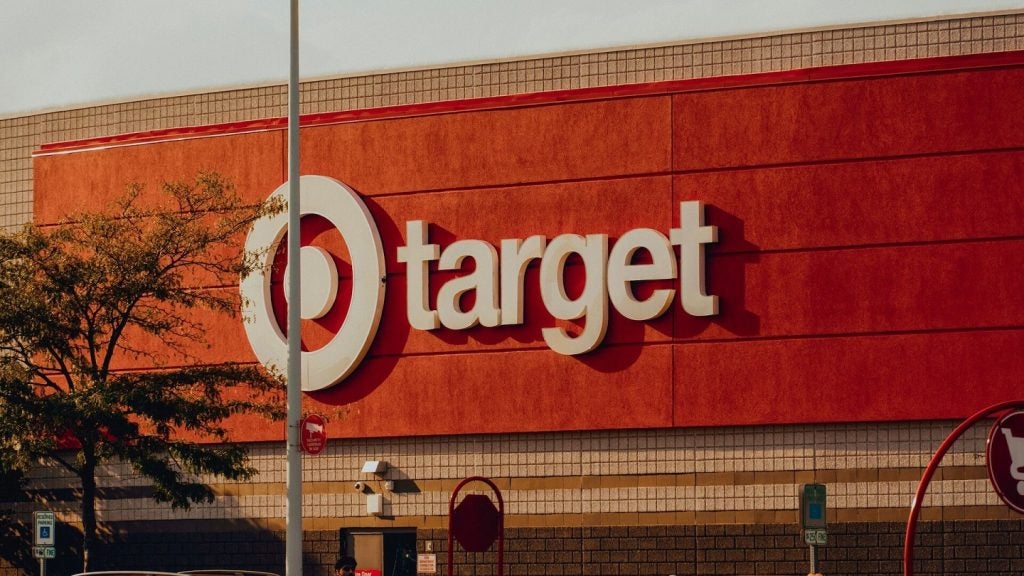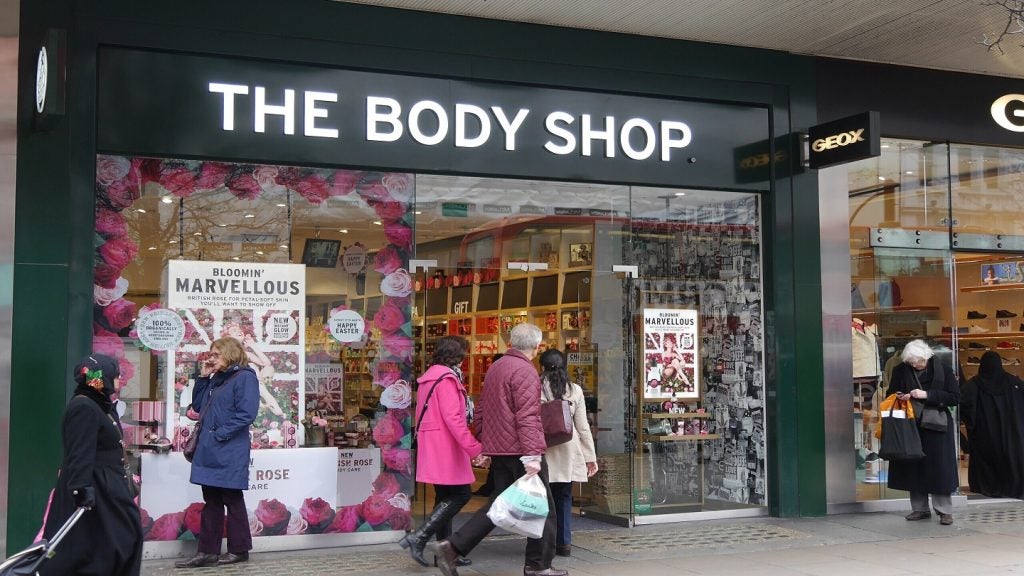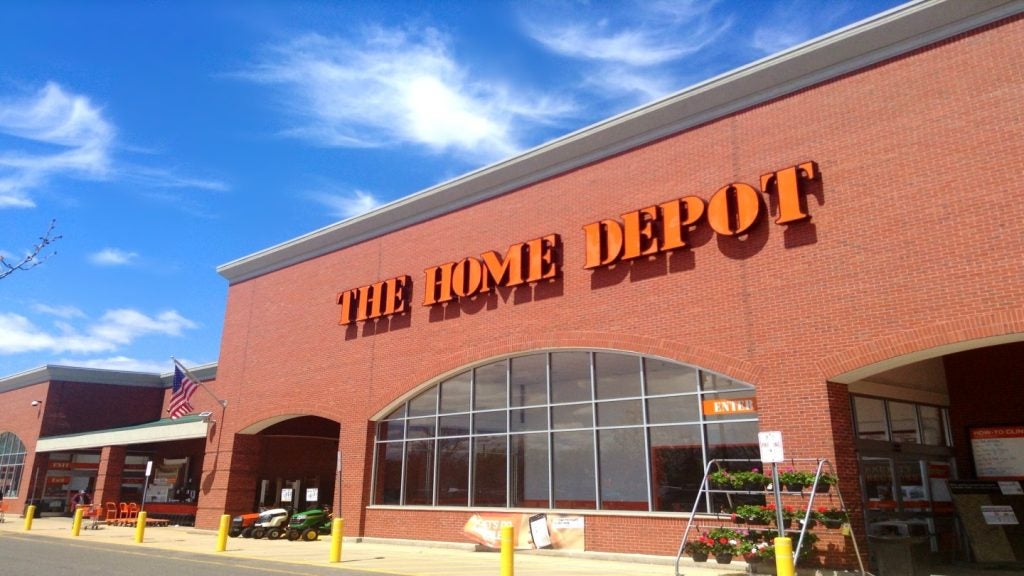As the holiday season approaches, a new report from HR, payroll and workforce management software provider UKG sheds light on retail trends.
The survey, conducted annually, indicates a positive outlook among retailers, with 87% expressing optimism.
However, challenges loom as store traffic and shopper demand surge compared to the previous year.
1. Staffing woes threaten the holiday shopping experience
Despite the upbeat sentiment, staffing concerns take centre stage in the report. A staggering 96% of retailers plan to increase headcount for the 2023 holiday season, a substantial jump from 40% in 2022.
However, achieving seasonal hiring goals poses a considerable challenge due to persistent turnover issues and intense competition for talent, potentially impacting the overall customer experience.
2. Understaffing and shopper behaviour pose challenges
The survey reveals that 69% of retailers consider understaffing their top concern this holiday season, with stores being understaffed one-third of the time on average. Poor shopper behaviour and failure to prioritise employee needs contribute to the staffing crunch.
One in three retailers reports weekly challenges in adequately caring for customers. Meanwhile, 75% acknowledge that shopper expectations exceed what their stores can deliver.
Additionally, confrontations with aggressive shoppers and increased exposure to adverse situations deter people from working in retail.
3. Employee satisfaction and technology solutions
The study underscores the crucial link between employee satisfaction and successful retail operations. Retailers highlight the need to prioritise workplace culture and supportive management, recognising that satisfied employees are essential for business success.
Moreover, technology emerges as a solution, with some retailers leveraging AI-powered staffing and strategic workforce planning tools to ensure efficient staffing, especially during peak seasons.
Costa Coffee exemplifies success in this regard, citing AI-powered tools for accurate staffing planning and data-driven decisions.
However, the report indicates that only 45% of retailers, on average, equip store staff with mobile solutions for common work tasks, revealing a technology gap that affects employee satisfaction and store efficiency.















